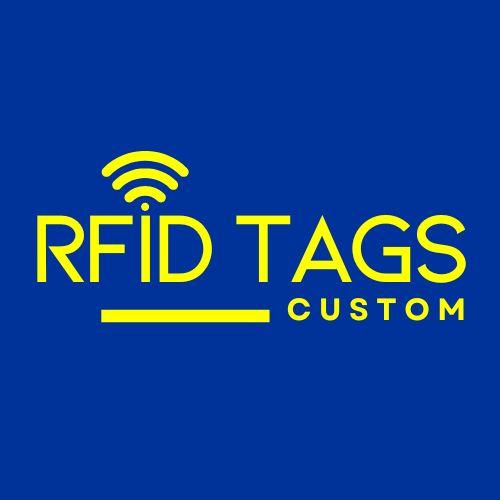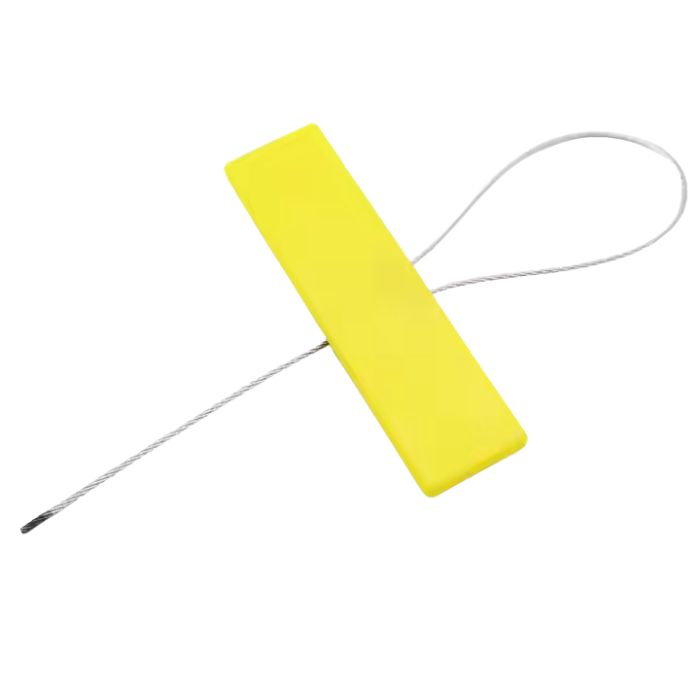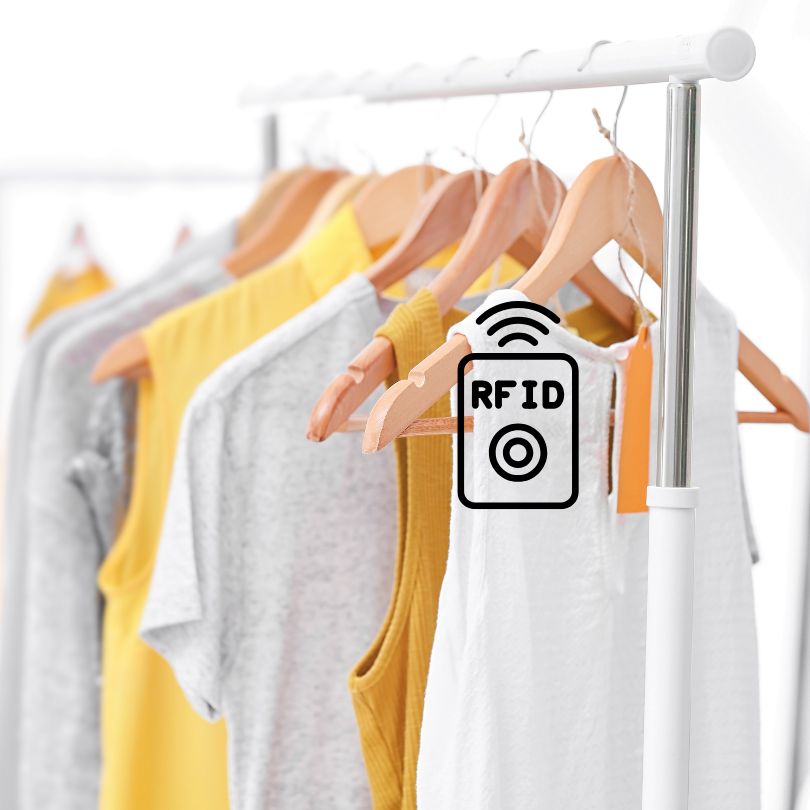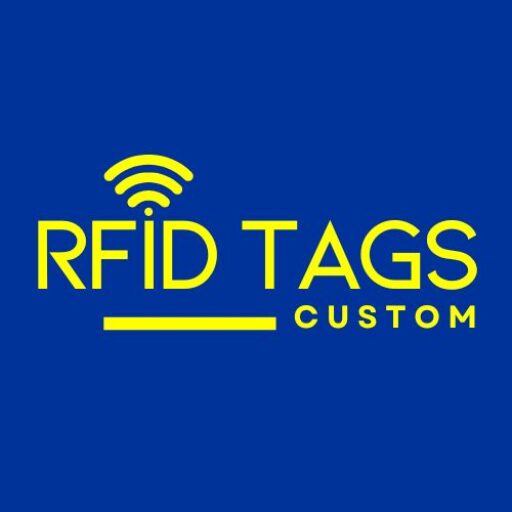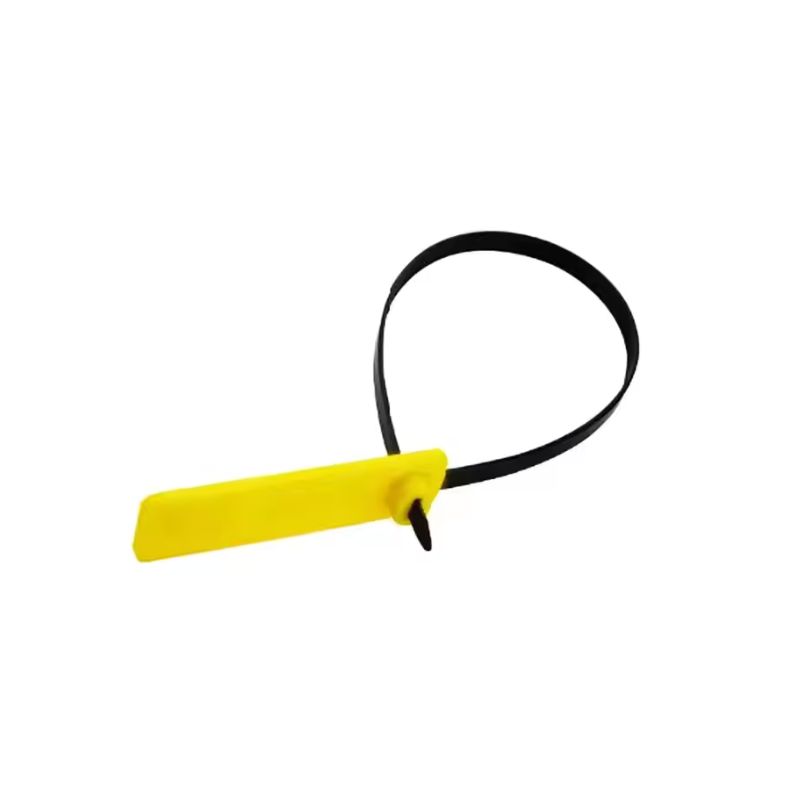
Povezani blog

Što znači RFID u maloprodaji
Radiofrekvencijska identifikacija (RFID je kratica za radiofrekvenciju) je tehnologija koja koristi radio valove za prepoznavanje i praćenje predmeta s nevjerojatnom preciznošću.

Koje su prednosti RFID tehnologije u zdravstvu
Tehnologija radiofrekvencijske identifikacije (RFID) transformira krajolik zdravstvene skrbi, nudeći inovativna RFID rješenja za povećanje sigurnosti pacijenata i pojednostavljenje operacija.

Razlika između RFID i EID oznake
Ovaj članak pruža opsežan vodič o razlikama između RFID i EID oznaka, s naglaskom na njihovu primjenu u stočarstvu, posebice goveda.
